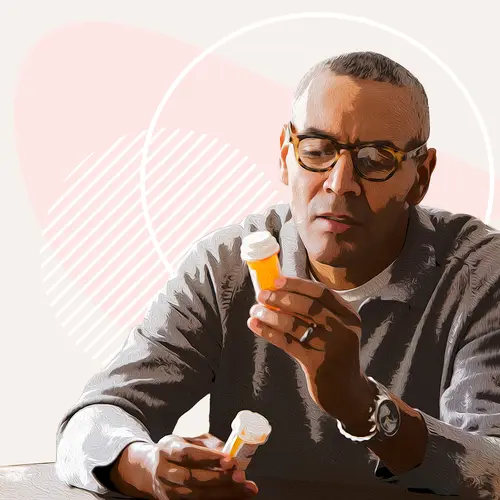Why Is Your Lipid Profile Important?

Hide Video Transcript
Video Transcript
Jyoti Sharma, MD Cardiologist
Cholesterol in our bodies comes from two places. The first place is from our liver and that is important because a certain amount of cholesterol is needed for a healthy life and our liver makes that. The second place that we get cholesterol from is from our diet Jyoti Sharma, MD Cardiologist con't
and that is again from animal products. The other thing that I always want to remind my patients is that when you eat a diet that is high in saturated fat and trans fats, your liver actually produces more cholesterol, so it tends to be a cycle. When you eat foods that are high in fat, Jyoti Sharma, MD Cardiologist con't
your liver likes to really try and produce more cholesterol. It’s important to get a lipid profile checked because we don’t feel our high cholesterol, and it is a major risk factor for the development of cardiovascular disease like heart attacks and strokes. And the only way to know your risk is to get your numbers checked. Jyoti Sharma, MD Cardiologist con't
A general lipid profile is made up of four numbers. The first number that you'll see is your total cholesterol. And that number ideally should be about less than about 200. The second number that you will see will be your triglycerides. This primarily tells us about the fat content in blood. Jyoti Sharma, MD Cardiologist con't
An ideal number for this should be less than 150. The third number a person will see will be their HDL. This is commonly referred to as a patient's good cholesterol. The higher, the better, so a great number would be something over 50. The fourth number that a patient will see will be their LDL. Jyoti Sharma, MD Cardiologist con't
That's oftentimes referred to as a patient's bad cholesterol. In the general population, a number less than 130 can be reasonable. But for some patients, like those with diabetes, heart attacks, strokes, or chronic kidney disease, we may ask that those numbers get less than 100. Jyoti Sharma, MD Cardiologist con't
And in some patients, even less than 70. If your lipid profile shows that you have high cholesterol, the first thing that you and your doctor will probably talk about will be diet and exercise. However, for some patients, that’s not always enough. Jyoti Sharma, MD Cardiologist con't
And if that’s not enough, then you may need to think about medication. The U.S. Preventative Services Task Force and the American Heart Association and the American College of Cardiology recommend that adults start getting their lipid profile checked around the age of 20. Jyoti Sharma, MD Cardiologist con't
The next time that you'll need to get it checked is really going to depend on your personal risk factors for the development of cardiovascular disease, whether you have current cardiovascular disease, and what your numbers are. If you are really young and your numbers look great, your physician may say you can wait a couple of years. Jyoti Sharma, MD Cardiologist con't
If you’re a little bit older and you have other diseases, like diabetes, chronic kidney disease, high blood pressure or if you’ve already had a heart attack or stroke, your physician may suggest that you get this checked about once a year, maybe even sooner than that for some patients. 